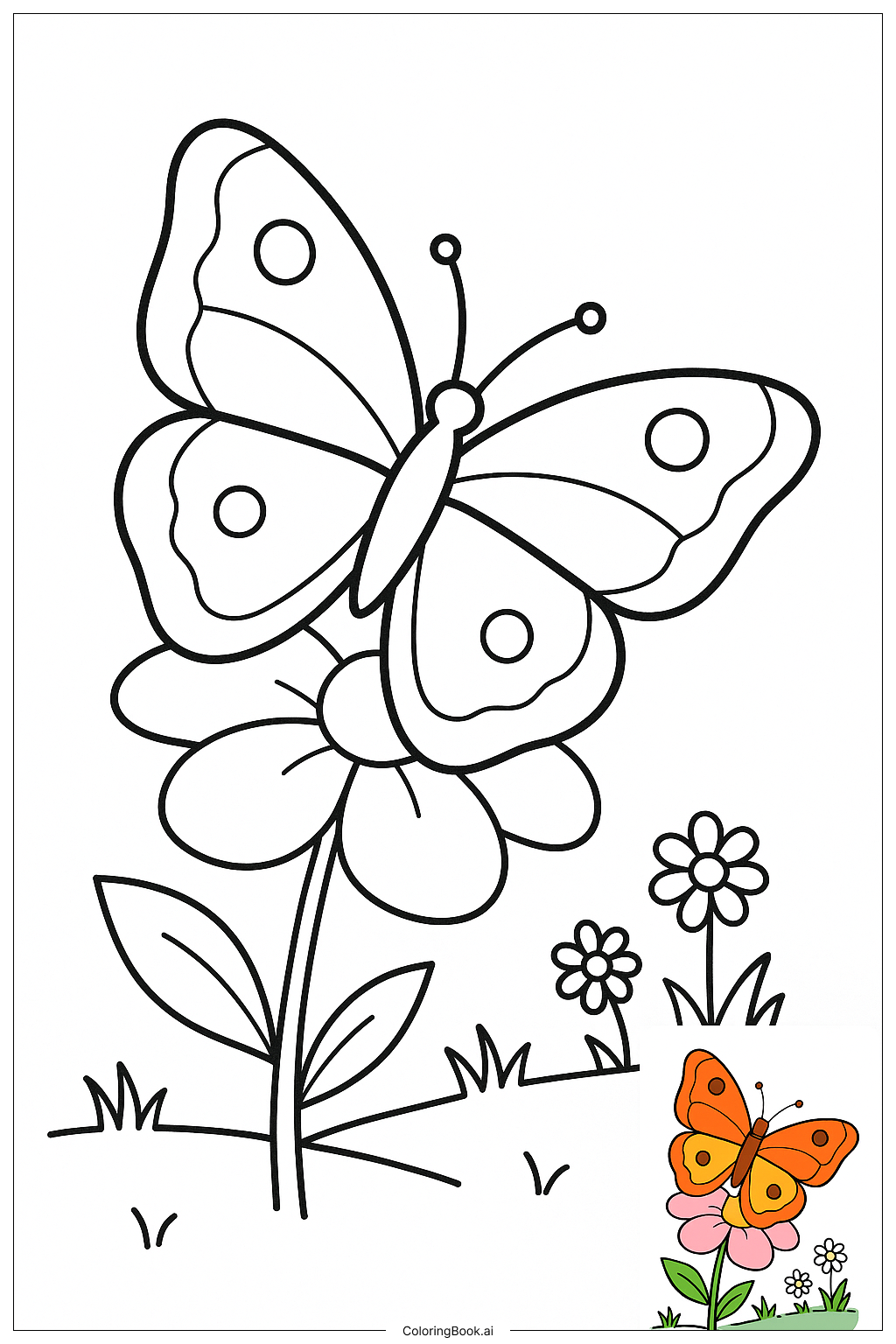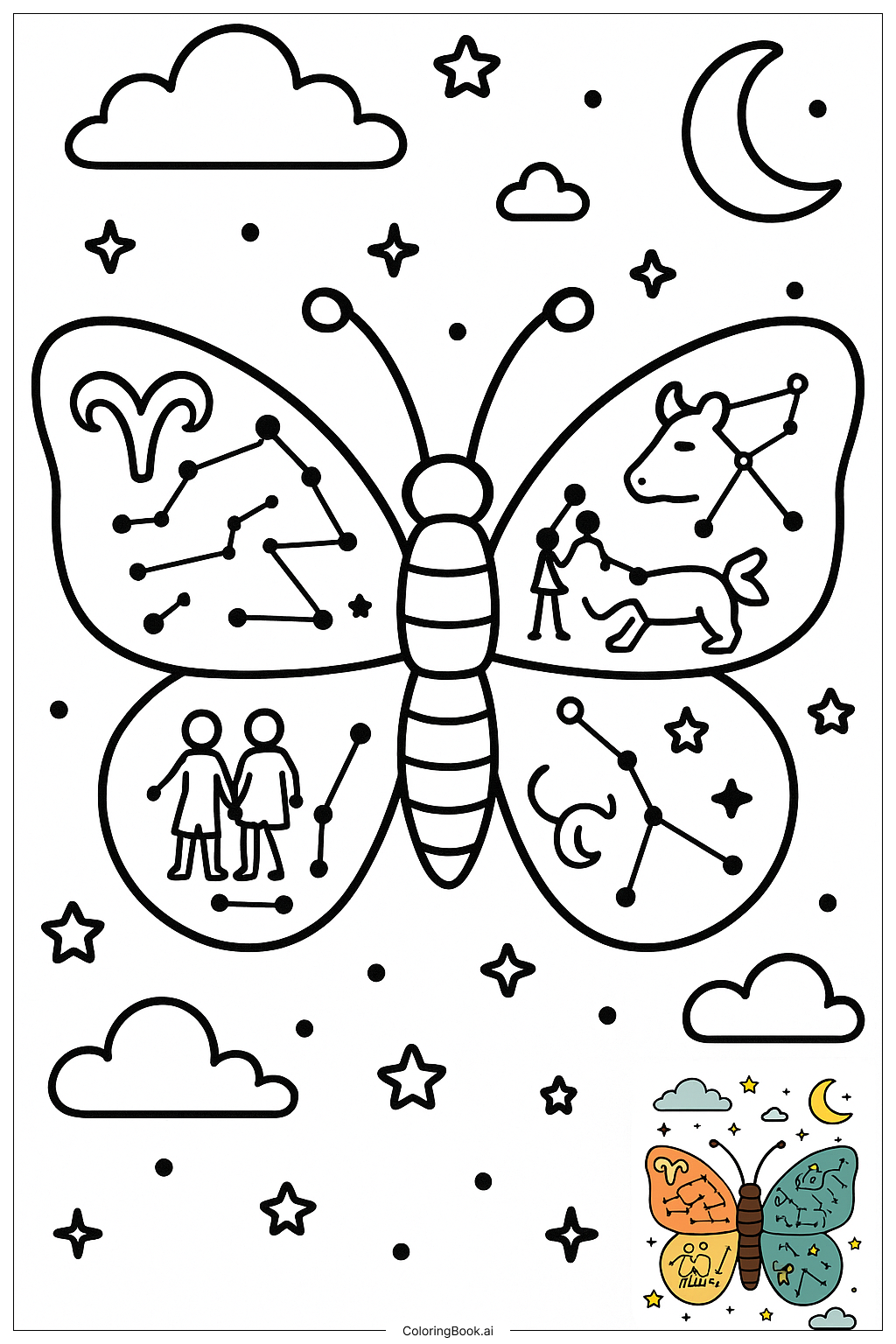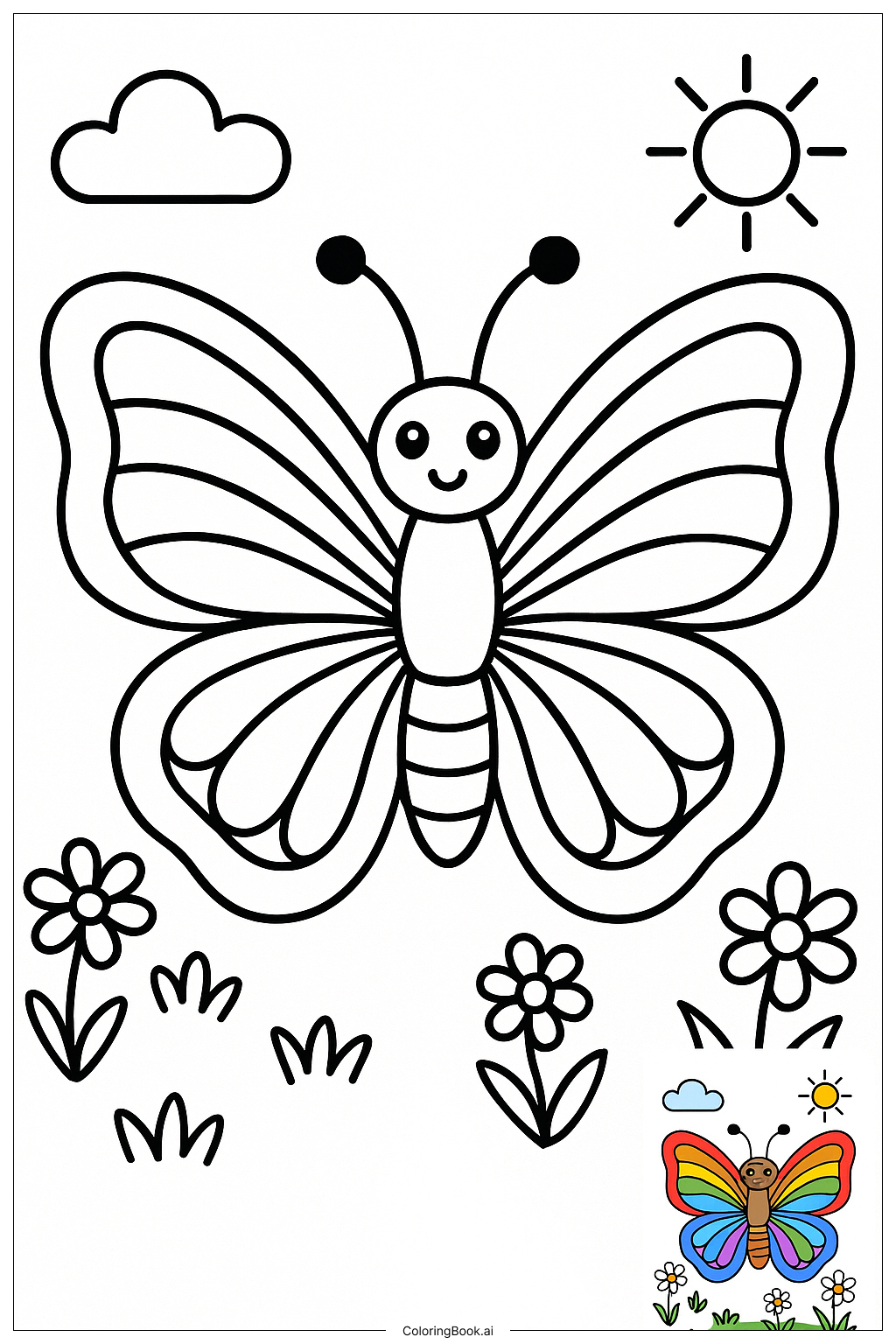Coloring tips: How to color Butterfly Emerging From Cocoon Closeup coloring page well?
For coloring the butterfly, use bright colors like orange, yellow, and blue to make it stand out. Try using different shades to add depth to the wings. The cocoon can be colored with shades of green and brown to reflect its natural look. The leaves should be a vibrant green to represent freshness. Experiment with lighter and darker colors to create shadows and highlights for a more dynamic appearance.
Coloring challenges: Which parts are difficult to color and need attention for Butterfly Emerging From Cocoon Closeup coloring page?
1. The wings of the butterfly have intricate patterns, which can be tricky to color neatly. Kids may want to take their time to fill in these details carefully. 2. Choosing colors that complement each other is important but can be challenging. Children should think about color combinations that look good together. 3. Adding depth to the wings with shading requires practice. Young artists might need guidance on how to use different shades. 4. Staying within the lines might be tough for younger kids, especially with the butterfly's wavy edges. They can use lighter colors first to practice before going darker.
Benefits of coloring books: Advantages of drawing Butterfly Emerging From Cocoon Closeup coloring page
Coloring this butterfly image offers many benefits. First, it helps improve fine motor skills as children learn to control their coloring tools. Second, choosing colors boosts creativity and self-expression, allowing kids to make their artwork unique. Third, coloring can be a relaxing activity, providing a break from screens. It allows kids to focus and practice mindfulness. Lastly, this activity encourages understanding of nature and transformation, sparking interest in butterflies and their life cycles.




